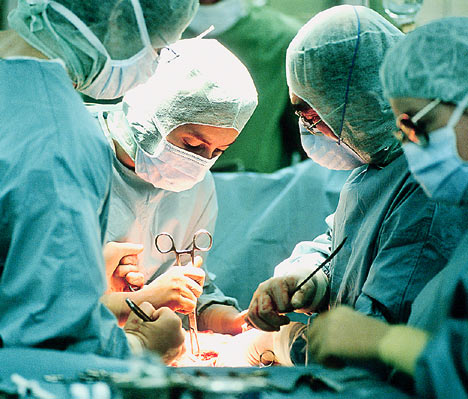Fertilizer: any substance, natural or synthetic, added to soil to increase its capacity to support plant growth.
- This includes a variety of nitrates and minerals, and manure. Usually animal manure. This type of fertilizer is ideal because it contains recycled nutrients from the plants the animals eat.
Biosolids: human waste, treated to be used as fertilizer.
- That is, sewer sludge that has been filtered, and can be used to make plants grow faster. In some countries, it is used as a type of fertilizer, and is considered very beneficial.
- Same thing as animal manure, right? No, I didn’t think so either.
But before you spit out any of your vegetables, you should know why biosolids are used as fertilizers in the first place. Here, out in the big cities of the West, we’re very, well, Westernized. We’re not used to getting our hands dirty. Sewage is exactly that. Not only does the thought of it in our foods make most of us want to gag, there are also many logical reasons why we wouldn’t want it near our food. Pharmaceuticals and other drugs, hormones, flame-retardants, metals, and other potentially harmful things have been found in biosolids. Humans carry diseases; they ingest unhealthy foods everyday; they breathe pollution.
However, keep in mind that this is taken into consideration. The use of biosolids is regulated by the Environmental Protection Agency (E.P.A.). Special care is taken during the intensive treatment process, in order to ensure that only healthy nutrients are left in the biosolids before they are put into soil. Plants grown with biosolids are carefully monitored, and the treatment plants are kept a safe distance from residential areas. Though there have been concerns from those who live near these farms, there have yet to be any significant health risks linked to the use of biosolids.
Biosolids are a valuable source of nutrients for growing crops, and improving pasture. They contain nitrogen, phosphorus and organic matter, as well as minerals like copper, iron and zinc, which would otherwise have to be bought separately and added to soil. Biosolids enhance soil structure, making it more permeable and allowing it to hold in moisture longer. They improve soil fertility for much cheaper than commercial fertilizers. This cuts costs for both the farmers and the consumers.
One of the greatest benefits of using biosolids as fertilizer is that it is good for the environment. Some would go so far as to say it completes the natural cycle, if our waste was to be recycled to grow our food. Rather than sewage ending up in landfills, it is better that its valuable nutrients are put to good use. If we can find a way to reduce pollution, we must do it.
The potential stakeholders in this situation are the consumers. Our health is in the hands of farmers when it comes to the foods we buy and eat. While biosolids are a valuable resource, and have the potential to improve crops, cut costs, and help the environment in the long run, caution must be taken. Farmers, and all who play a role in the production of our foods, have the responsibility of ensuring that these fertilizers are properly treated, and that biosolid plants do not affect the health of the public.

And I have my sources...
Also, check out Claudia and Kendra's blogs:
Biosolids as Agricultural Fertilizer?!?!?!
Hu-manure?!













